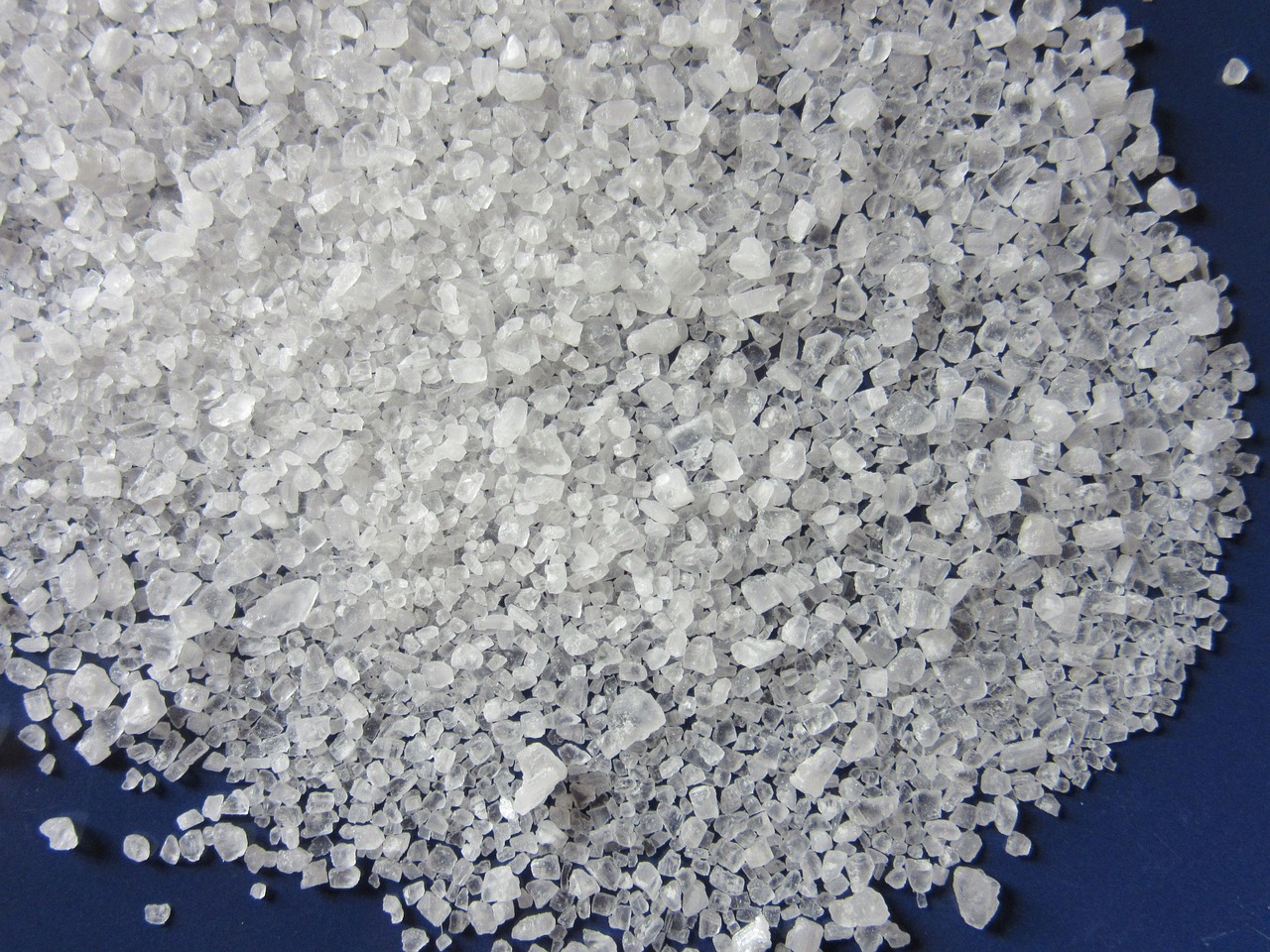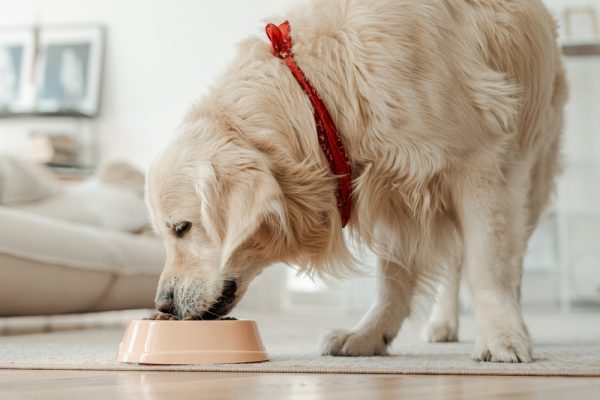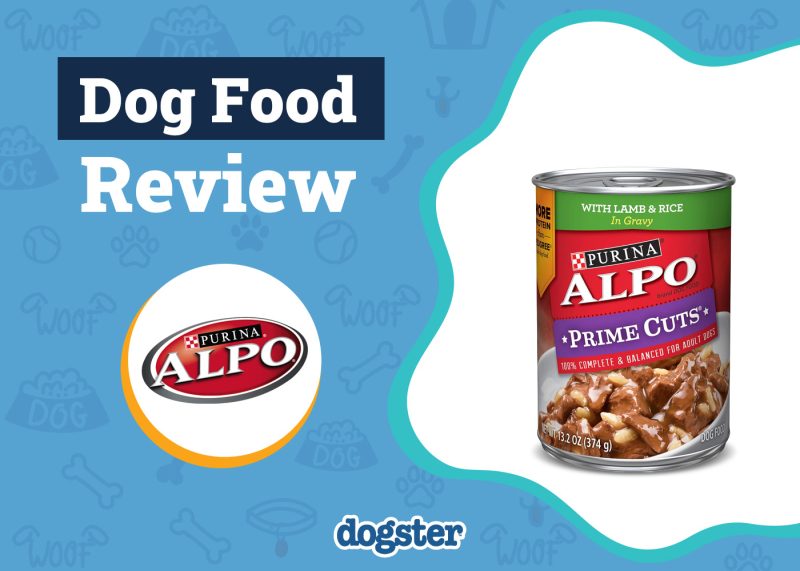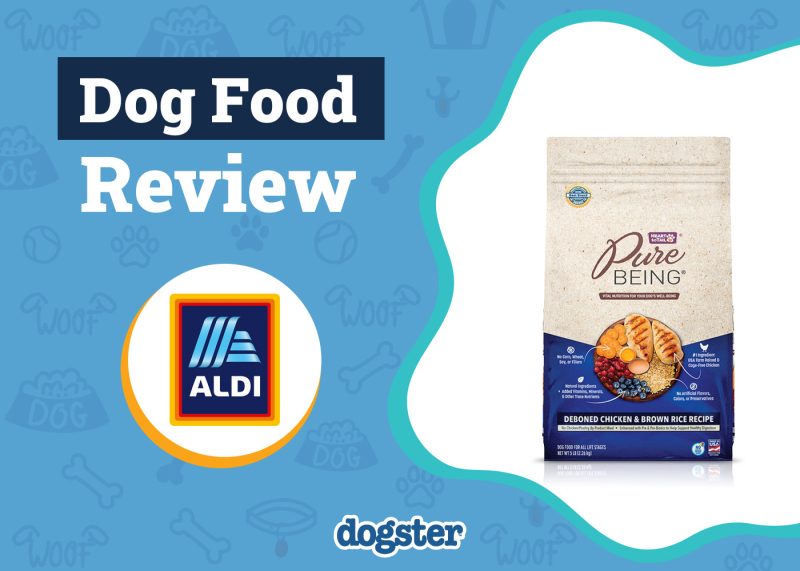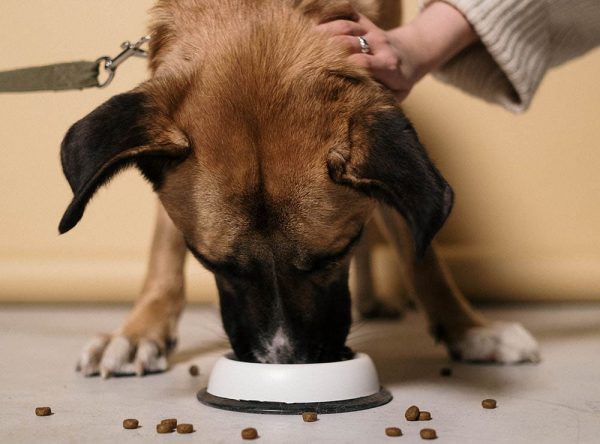In this article
View 5 More +For dog owners, winter can be a real struggle because icy conditions can make it difficult to enter and leave your home. You may also need to keep sidewalks and other areas safe to avoid injuries to guests or passersby. While traditional rock salt works great on ice, it can be dangerous for your dog to consume, causing many owners to wonder about pet-safe ice melt. Keep reading as we discuss what it is and how to use it, so you can see if it’s right for your home.
What Is Pet-Safe Rock Salt?
Rock salt is made from large chunks of sodium chloride, which can be dangerous if a dog eats enough of it. The large pieces can also damage or irritate paws and skin. Pet-safe rock salt is a broad name for ice melt that is safer for pets than traditional rock salt. Instead of sodium chloride, it has other ingredients that will be easier on your pet’s stomach should they ingest it. The pellets will also usually be smaller and round or flat so they won’t cause damage to your pet’s feet. But that doesn’t mean it’s completely safe. Even pet-safe ice melts can cause digestive upset and irritation if eaten in large enough quantities.
The 5 Different Types of Pet-Safe Rock Salt
1. Magnesium Chloride
Magnesium chloride is a type of ice melt that is less irritating to your pet’s paws and skin than rock salt and works at lower temperatures. It may also be a better choice to use on concrete and may do less damage to plants.
2. Calcium Magnesium Acetate
Calcium magnesium acetate is a salt-free ice melt that is less corrosive than rock salt and safe for pets. It’s also biodegradable but can be less effective at lower temperatures.
3. Glycols
Propylene glycol-based ice melts are less harmful than their ethylene glycol counterparts, which are toxic to pets. These are generally safe for pets, but you should follow the instructions on the package carefully when using them.
4. Urea
Although you are more likely to find urea in a garden fertilizer, it also makes a good ice melt. It’s less corrosive to sidewalks than rock salt and won’t harm your pet’s paws, but it can upset their stomach if they consume too much of it, and it can contribute to algae growth in water bodies if runoff occurs.
5. Natural Blends
Some people make ice melt out of items like beet juice, dishwashing detergent, baking soda, and other ingredients that can be safe for your pet but are not as effective at colder temperatures. There are also DIY options that include coffee grounds, cat litter, and sand that don’t melt the ice but can at least provide better traction.
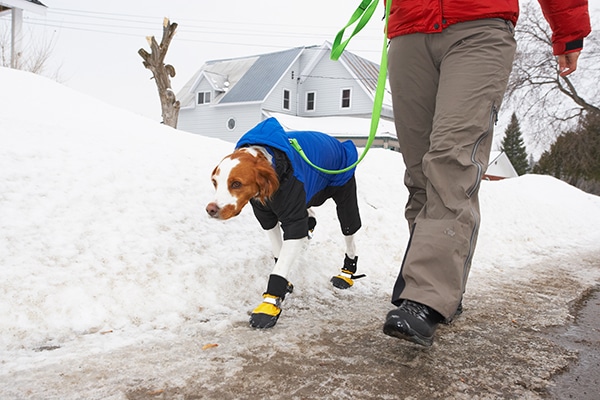
Where Is It Used?
Pet-safe ice melt is a better choice for sidewalks, porches, driveways, and other areas that your dog frequents. It helps melt the ice and makes it safer to walk on without many of the health risks associated with rock salt.
Advantages of Pet-Safe Rock Salt
1. Reduced Paw Irritation
Traditional rock salt has a sharp and hard texture that can hurt a dog’s paws. It can also cause drying, cracking, and even burning if your pet walks on it too much. Pet-safe rock salt should be less irritating.
2. Safer for Ingestion
While no ice melt is completely safe for dogs to eat in large quantities, pet-safe ice melt will be less likely to cause major issues if your pet eats a small amount, which often happens when they clean off their paws after a walk outside.
3. Less Corrosive
Most pet-safe ice melt brands are less corrosive than traditional rock salt and won’t damage sidewalks and other surfaces as quickly. They are also easier on grass, plants, and aquatic wildlife, should runoff wind up in a stream or other water source.
Disadvantages of Pet-Safe Rock Salt
1. Less Effective
The biggest downside to using pet-safe ice melt is that it is usually less effective than standard rock salt and calcium chloride in dealing with colder temperatures.
2. Cost
Unfortunately, pet-safe ice melt is usually more expensive than traditional rock salt. Since it is less effective in colder temperatures, you will need more of it, which can get quite costly.
3. Limited Availability
Pet-safe ice melt can be more difficult to find than traditional rock salt, which is available almost everywhere, especially in the winter.
Frequently Asked Questions (FAQ)
How Much Pet Safe Rock Salt Should I Use?
The amount of pet-safe rock salt that you should use will vary depending on the brand that you are using. Follow the instructions on the package carefully to ensure maximum effectiveness while keeping the environment safe for your pets.
Where Can I Buy Pet-Safe Rock Salt?
You can often find pet-safe rock salt at local pet stores, home improvement stores, and online retailers. There might even be a product at your local grocery store.
How Should I Store Pet-Safe Rock Salt?
Store your pet-safe rock salt in an airtight container away from children and pets until you need it.
What Are the Best Practices for Handling and Applying Pet-Safe Rock Salt?
When you’re applying and handling rock salt, it’s a good idea to wear gloves to protect your skin. Apply it evenly over the ice according to the instructions on the package, and clean up any that get tracked into the house immediately so your pet doesn’t eat it.
Conclusion
Pet-safe rock salt is a safer alternative to melting ice than standard rock salt, which can get on your dog’s paws and damage them. Your pet might also ingest the salt, which can lead to digestive troubles. Pet-safe varieties use gentler ingredients, such as magnesium chloride, calcium magnesium acetate, glycols, and urea, to melt the ice and keep your pet healthy. Although they can be more expensive and less effective than standard rock salt, they are ideal if you have pets that go outside or if you live in an area where many animals pass by your home. They are also often less damaging to plants and sidewalks.
- You might be interested in: Safe Paw Ice Melter Review
Featured Image By: rkit, Pixabay
